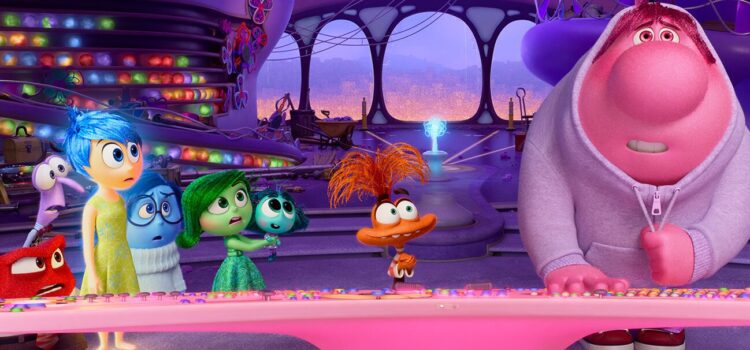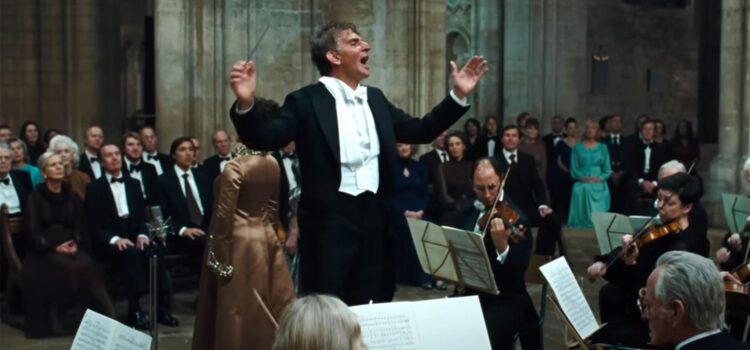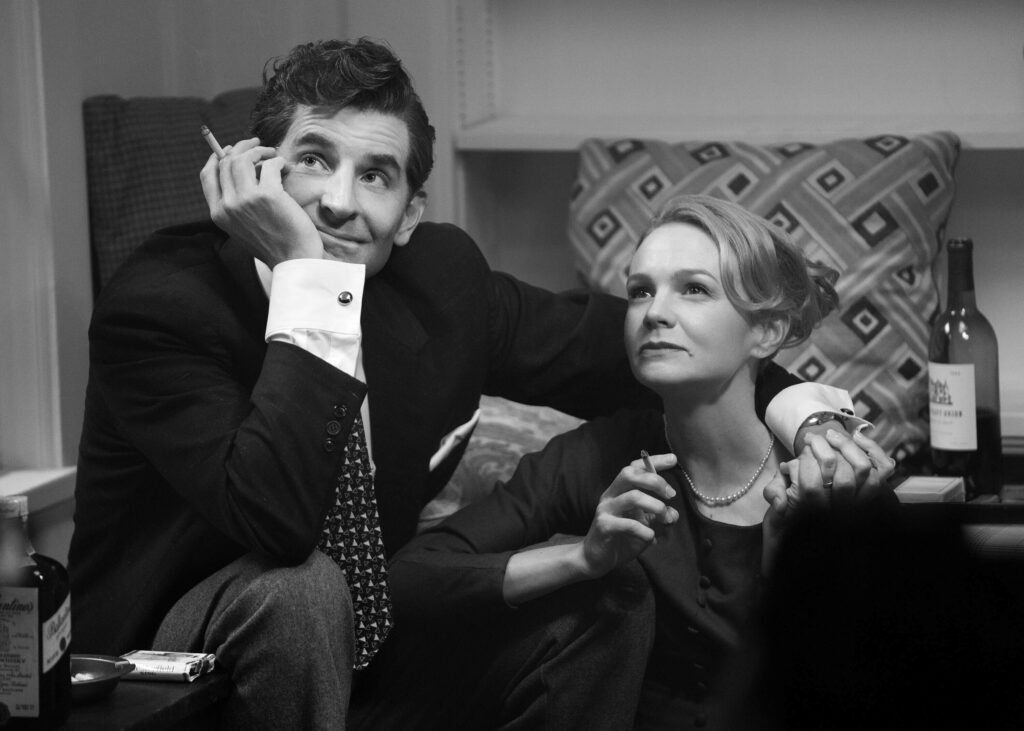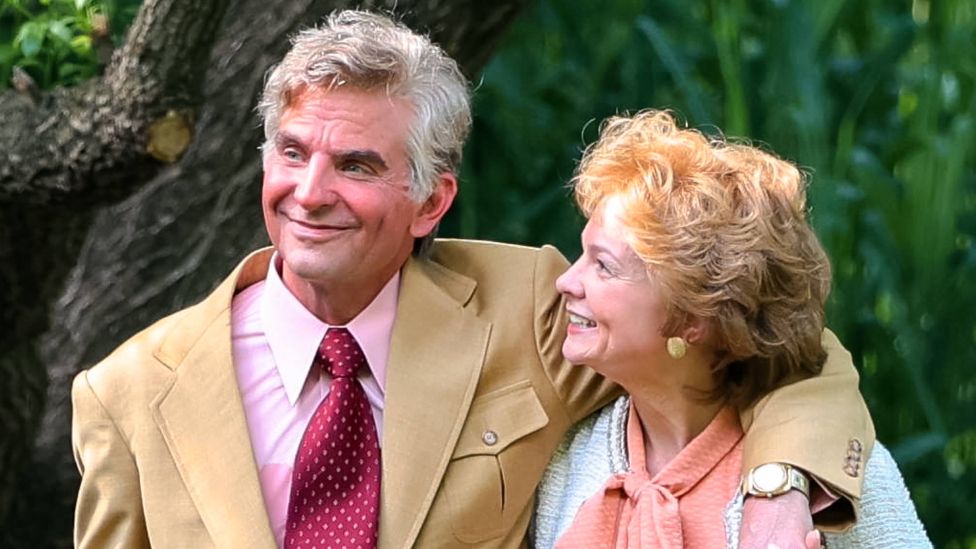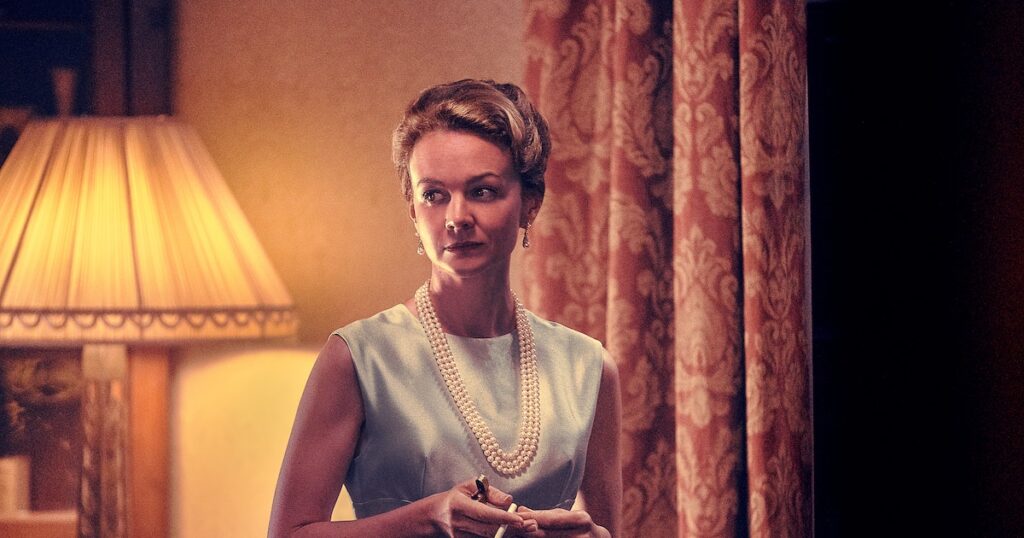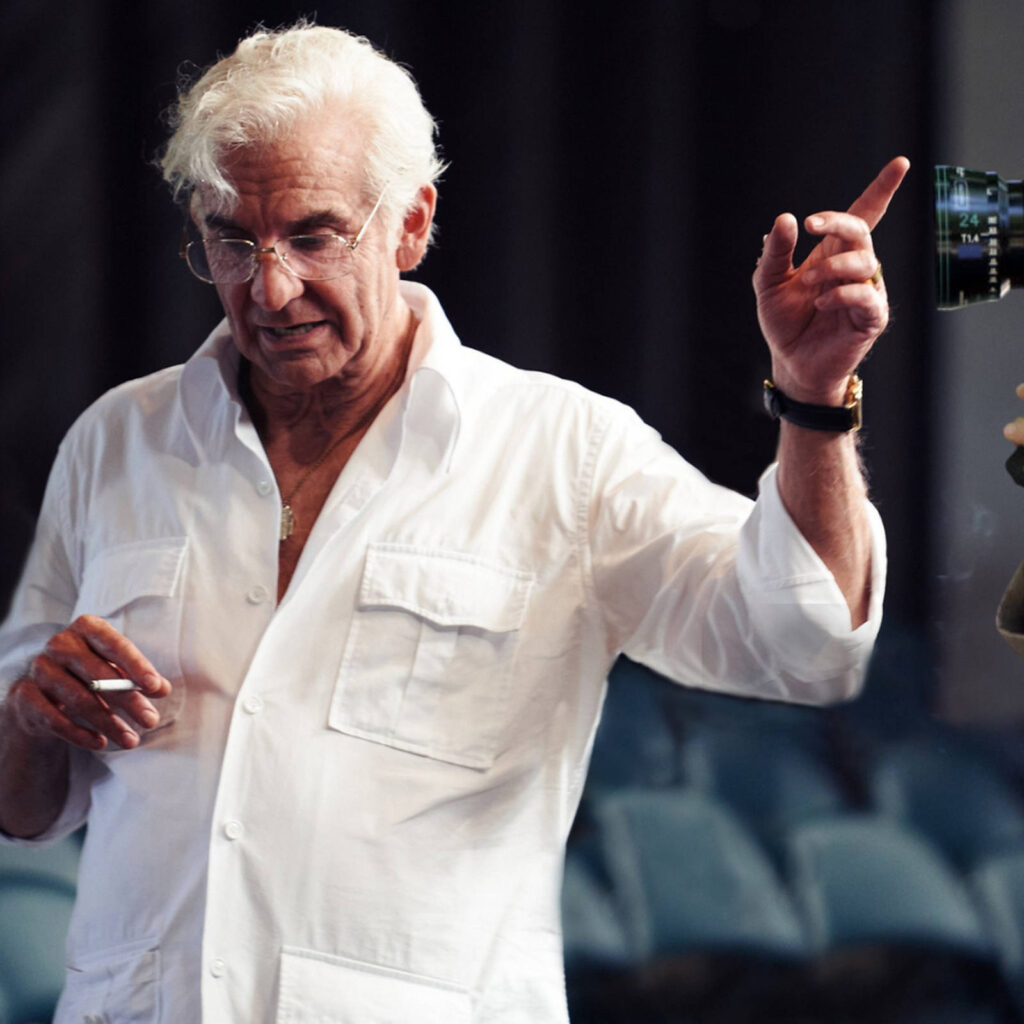By Lynn Venhaus
Nearly 10 years after Pixar Animation Studios raised the bar again with a mind-bending and rib-tickling “Inside Out,” which became an instant classic, a clever sequel thrusts our now 13-year-old heroine Riley into red-alert puberty.
While not as innovative as the original, “Inside Out 2” offers a relatable take on very raw and very real adolescent emotions. An all-star cast, including some returning voices, delivers the same tempo and tone that made the first so endearing.
Both films emphasize that life’s ups and downs are teachable moments, and that’s an admirable focus as the filmmakers try to be faithful to the projects’ goals.
Perhaps no year in our lives is as anxious and awkward as being 13 is. Oh, those raging hormones and their unpredictable effect. I mean, who would ever want to repeat it? We remember, and this universal theme is a rich one.

The sequel connects as an amusing look back for parents and perhaps either as a cautionary tale for what’s ahead with their pre-teen offspring or a reminder of what their grown children were like back then.
Because Riley is dealing with those quicksilver ever-changing emotions, Anxiety, Embarrassment, Envy and Ennui are an imaginative addition. The boredom expressed by Ennui is the funniest running gag.
That fuels a turbo-charged narrative mixing with the already prominent voices in her head — the color-coded network of Joy, Fear, Anger, Sadness and Disgust. That results in a hyper-kinetic energy that feels very busy.
Although the animated comedy-drama-fantasy’s zippy excursion into a teen trying to navigate fitting in while also wanting to stand out does humorously hit all the identifiable pitfalls.
An avid hockey player, Riley (Kensington Tallman) hopes to make the team in high school and enthusiastically attends an exclusive-invite summer camp under the discerning eye of Coach Roberts (Yvette Nicole Brown).
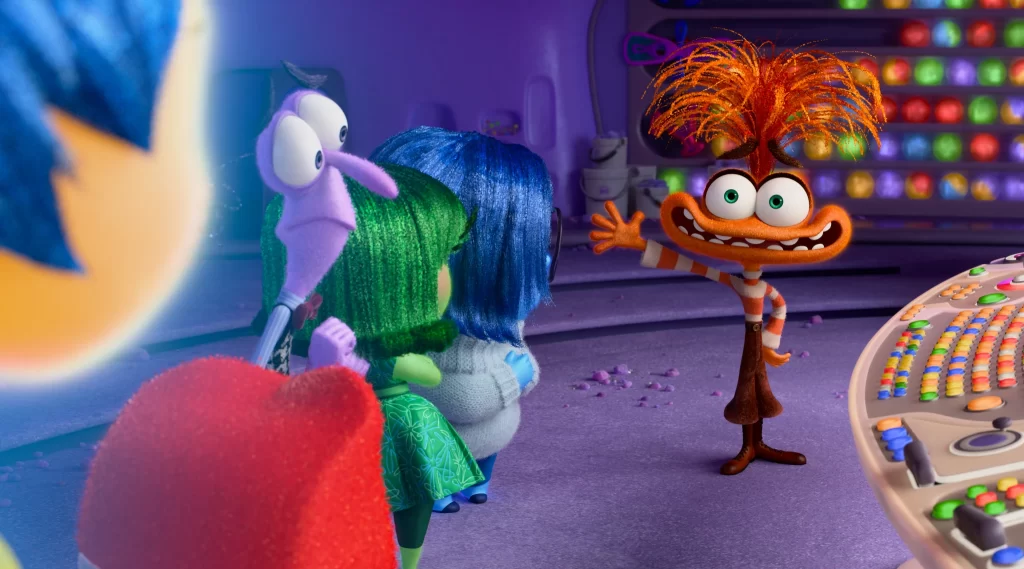
Her dedication and work ethic are admirable, but she struggles to keep her old classmates Grace and Bree (Grace Lu and Sumayyah Nuriddin-Green) close while trying to be pals with the star player Val Ortiz (Lillimar), part of the cool kids’ squad.
It appears that she has a lot to learn, as do the emotions guiding her thoughts and movements. With the original five trying to hold on to control in a command center undergoing changes, the mind games escalate.
Amy Poehler’s perky Joy is in a mad rush to obtain order while Maya Hawke’s jittery fast-talking Anxiety fights to take over. She has brought along three inspired characters — Envy (Ayo Edibiri), Embarrassment (Paul Walter Hauser) and Ennui (Adele Exarchopoulos) to ramp up the pressure. And they are hilarious.
This fab five includes memorable turns from two regulars — Lewis Black as tightly wound Anger and Phyllis Smith as mopey Sadness. Also returning are Riley’s well-meaning parents, voiced by Kyle MacLachlan and Diane Lane.
Without skipping a beat, Tony Hale replaced Bill Hader as the fidgety Fear and Liza Lapira took over from Mindy Kaling as sassy Disgust. Another notable addition is June Squibb as Nostalgia.
The first one benefitted from co-writer and co-director Pete Docter using his personal experience of moving his family from Minnesota to San Francisco. The issues that came with a new home and new school resonated.

A master visual storyteller, Docter is only executive producer on this. However, co-screenwriter Meg LeFauve, who was part of the 2016 Oscar-nominated writing team, has returned. Dave Holstein is a new writer, and Kelsey Mann is the first-time director.
Mann’s previous three Disney films – “The Good Dinosaur,” “Lightyear” and “Onward” were among my most disappointing efforts of the past 10 years. I didn’t think the concepts worked. However, the points about children inevitably growing up comes together here with its can’t-miss interesting characters..
This sequel concentrates on an uncharted period of development in Riley’s maturation, while maintaining a clear focus on her life’s bigger picture – her belief system and that she is a good person. Her strongest attributes are kindness, compassion and level-headedness..
Midway, this journey gets bogged down with an overly complex hunt — yet the introduction of sarcasm is ingenious. as are characters in a vault. Stealing the show is Ron Funches as “Bloofy,” a popular children’s TV cartoon character, and his accessory, Pouchy, voiced by James Austin Johnson of “Saturday Night Live” fame.
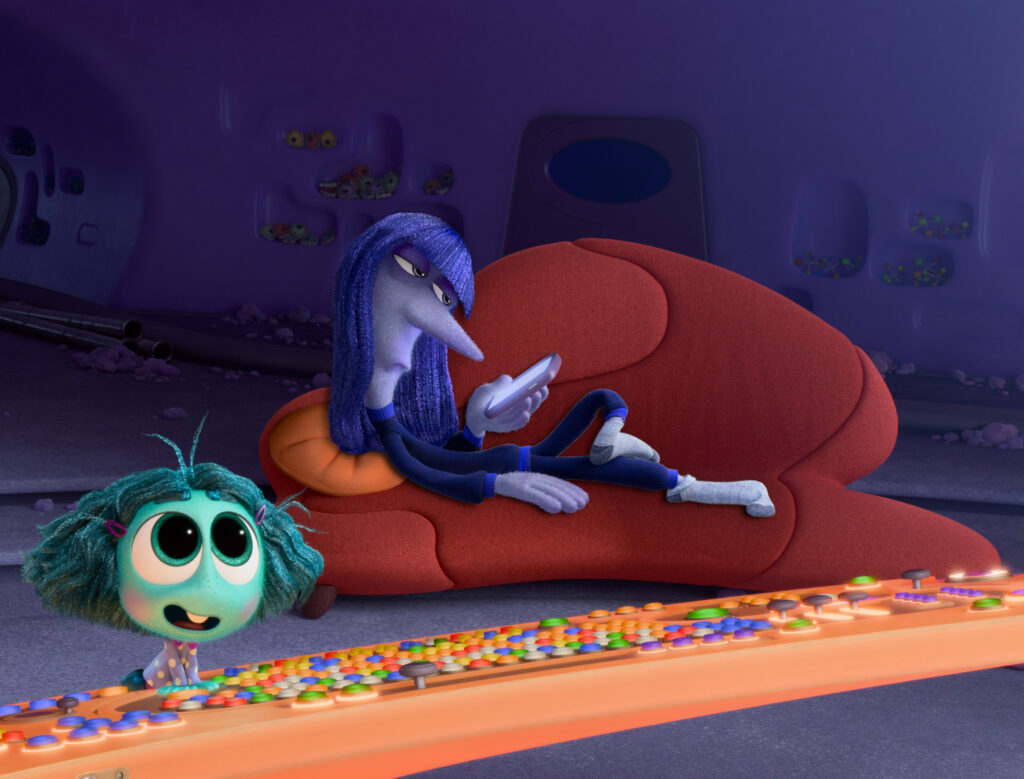
Besides an impressive use of state-of-the-art technology for a visually stunning bright palette, the best feature is the cast’s sharp comedic skills, which are showcased as they nimbly deliver quick-witted dialogue.
Although heartfelt, the sequel isn’t the misty-eyed tug on emotions that the original was. Still, its sincerity goes a long way in making this film work.
“Inside Out 2” is a 2024 animated family comedy-drama-fantasy directed by Kelsey Mann and stars Amy Poehler, Maya Hawke, Lewis Black, Tony Hale, Phyllis Smith, Ayo Edebiri, Grace Lu, June Squibb, Sumayyah Nuriddin-Green, Yvette Nicole Brown, Kyle MacLachlan, Diane Lane and Kensington Tallman. It is rated PG for thematic elements and run time is 1 hour, 36 minutes. It opened in theaters June 14. Lynn’s Grade: B.
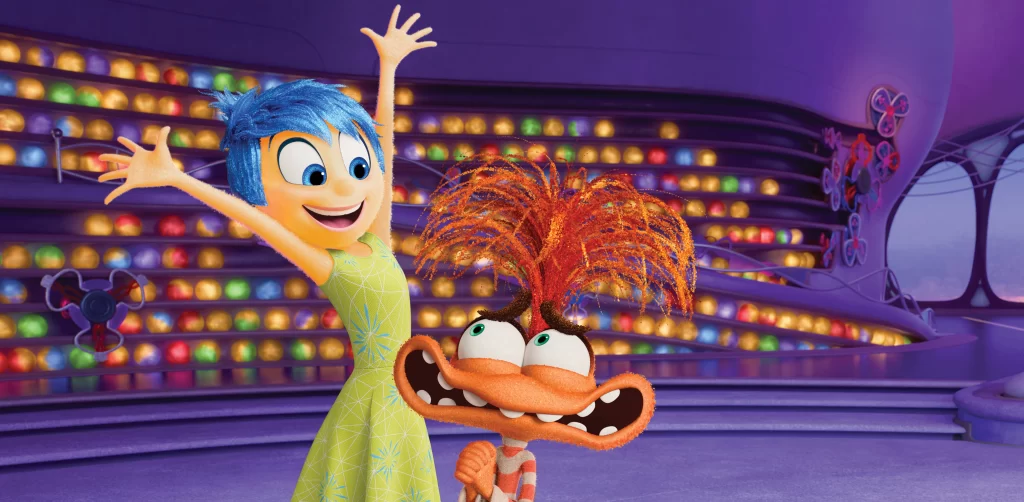

Lynn (Zipfel) Venhaus has had a continuous byline in St. Louis metro region publications since 1978. She writes features and news for Belleville News-Democrat and contributes to St. Louis magazine and other publications.
She is a Rotten Tomatoes-approved film critic, currently reviews films for Webster-Kirkwood Times and KTRS Radio, covers entertainment for PopLifeSTL.com and co-hosts podcast PopLifeSTL.com…Presents.
She is a member of Critics Choice Association, where she serves on the women’s and marketing committees; Alliance of Women Film Journalists; and on the board of the St. Louis Film Critics Association. She is a founding and board member of the St. Louis Theater Circle.
She is retired from teaching journalism/media as an adjunct college instructor.

